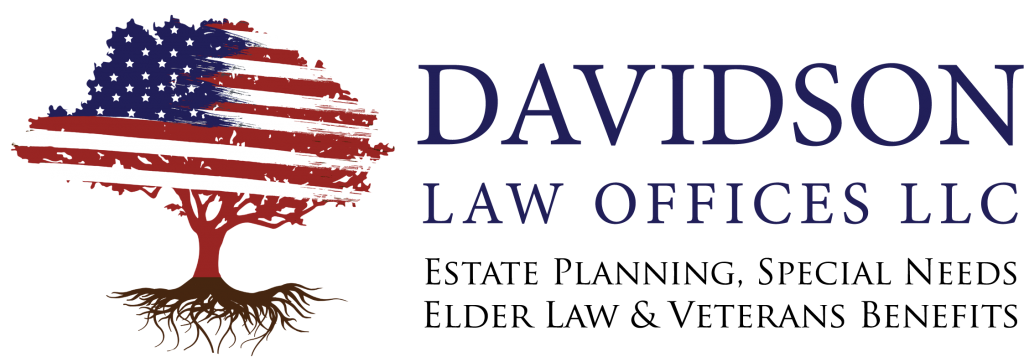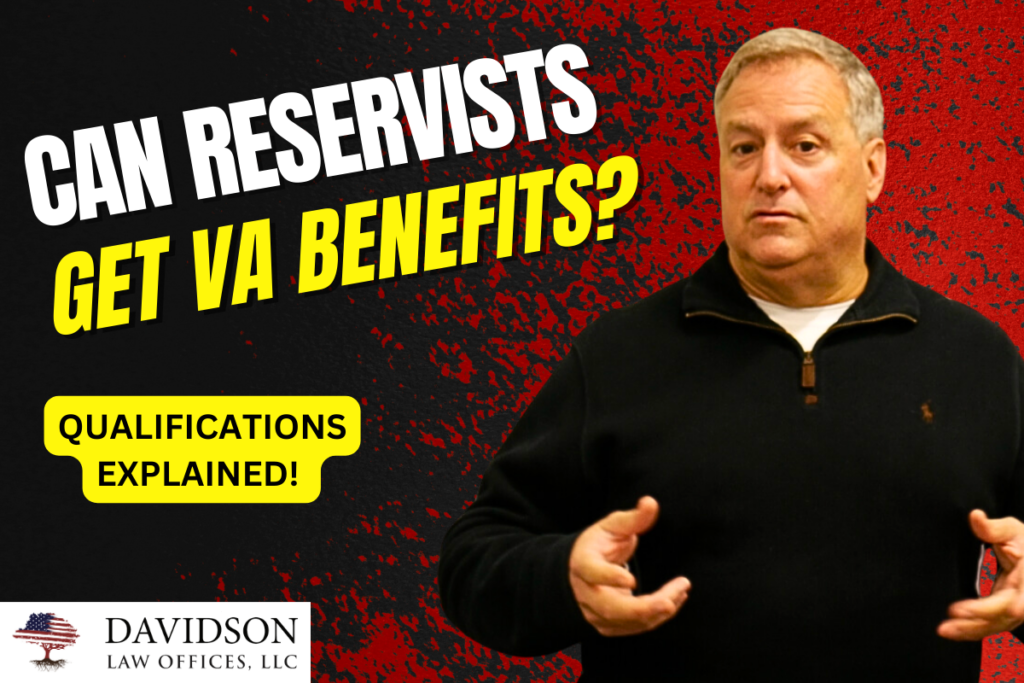Lately we’ve received many questions asking if a Reservist is able to qualify for VA benefits. This can be a tricky question, because it’s not as black and white as some VA benefit qualifications. Below we’ll clarify how the VA defines “active duty” and how this definition determines if a Reservist can qualify for VA benefits.
Definition of Active Duty
There are basically seven categories of active duty as defined by the VA.
1. Full time duty in the Army, Navy, Marine, Air Force, Space Force, and the Coast Guard, other than for active duty training.
2. Full time duty as a commissioned officer in the Public Health Service.
3. Full time duty as a commissioned officer of NOAA.
4. Service as a cadet in a US military academy.
5. Service or attendance at a prep school of the US military.
6. Active duty for special work to fulfill certain support requirements for the Department of Defense.
7. Authorized travel to and from any of the above activities.
Does Reservist Training Qualify?
While some of definitions are cut and dry, the aspect of “training” is not as clear. What is “active duty for training” and does training qualify you for VA benefits?
Active duty for training includes full time duty for training purposes while in the Reserves. If you’re in the Reserves and your full time duty is training, you’re considered active duty. It can also include service by members of other organizations that tare called to duty for training and other specified purposes. They key here is that it has to be full time. If you’re a Reservist and only part time, that’s not necessarily active duty.
Active duty for training is often undertaken to provide trained units and qualified persons to fulfill full time duty in the armed forces performed by Reservists. This would include full time duty for training purposes performed as a commissioned officer of a Reserve Corp of the Public Health Service. It would also include full time duty for certain specified purposes performed by members of the National Guard. What if you’re part of the ROTC? When ordered to such duty for training or practice cruises, it is considered “active duty.”
Limitations to Reservist Benefits
A period of active service for training is considered “active duty” if the individual concerned was disabled or died from a disease or injury during the training. If you were a Reservist on a training mission and became disabled, you would be considered active duty if the injury occurred during the training exercises.
But to be considered a Veteran by the VA, you must also meet the service connection disability requirements. This is the “Nexus” that we have discussed in many of our blogs. There has to be a connection between your injury or disease and your service as a Reservist in order for it to be considered “active.”
The same theories of direct service connection are available to Reservists, which is great if you can easily prove a direct service connection. But you don’t get the benefit of the presumptions listed in PACT Act. You’re not going to be able to use those presumptions for exposure to chemicals and things of that nature.
If you have a pre-existing injury, you also can’t claim aggravation of that injury during active duty for training. You’re not entitled the same presumption of aggravation that a full time service member would get. If you’re in any of these categories, you have to prove that the pre-existing condition worsened during training and that the worsening was caused by the active duty training.
You basically have to demonstrate that you experienced a permanent increase in your disability beyond the natural progression of that disease or injury. This can be very difficult to do at times, but it’s not impossible. You do that by providing sound medical evidence by accredited physicians.
Inactive Duty Qualifications
Now let’s talk about inactive duty training. Does this ever qualify you as a Veteran? A period of inactive duty training is only considered “active service” if you were disabled or died during the training. If you were in training and had an accident, that qualifies you as a Veteran.
However, the definition of a “disease” as it relates to inactive training is different than active training. The word “disease” is excluded in the VA definitions and qualifications of a Veteran during inactive training. You can easily see how this can get really confusing. Simply contracting a disease during inactive duty training does not qualify you as a Veteran. There has to be something more.
Inactive duty training includes all duty other than full time duty for Reservists, members of ROTC, or the Public Health Service. This would include special additional duties performed on a voluntary basis in connection with prescribed training and maintenance. It’s basically any kind of training that’s not full time.
Other Groups that Qualify
There are some other special groups or situations that allow you to qualify as a Veteran for purposes of obtaining VA benefits. The VA lists these groups in their regulations and they’re primarily related to organizations other than the conventional Armed Forces. They include the Women’s Air Force Services, the Women’s Army Auxiliary Corps, the Wake Island Defenders, and the Secret Intelligence Element of the Office of Strategic Services. Individuals involved in those groups are considered “active service” under the VA, although they technically weren’t part of that particular branch of service.
Lastly, there are members of the National Guard that may qualify as long as the duty was for Federal Service. Not too long ago we had National Guard individuals who were ordered into service in Afghanistan, and so they would qualify. But the service has to be ordered by the President of the United States. If a State alone orders the service, then the service is considered to be under the State and does not qualify because it was not ordered by the United States Government.
Contact Us So We Can Help!
If you need assistance with VA disability or pension benefits, complete this form or give us a call at (229) 226-8183. If you’d like to see this blog in video format, you can watch it below. Please be sure to SUBSCRIBE to our YouTube channel and click the bell notification button so that you’re notified each time we publish a new video.

